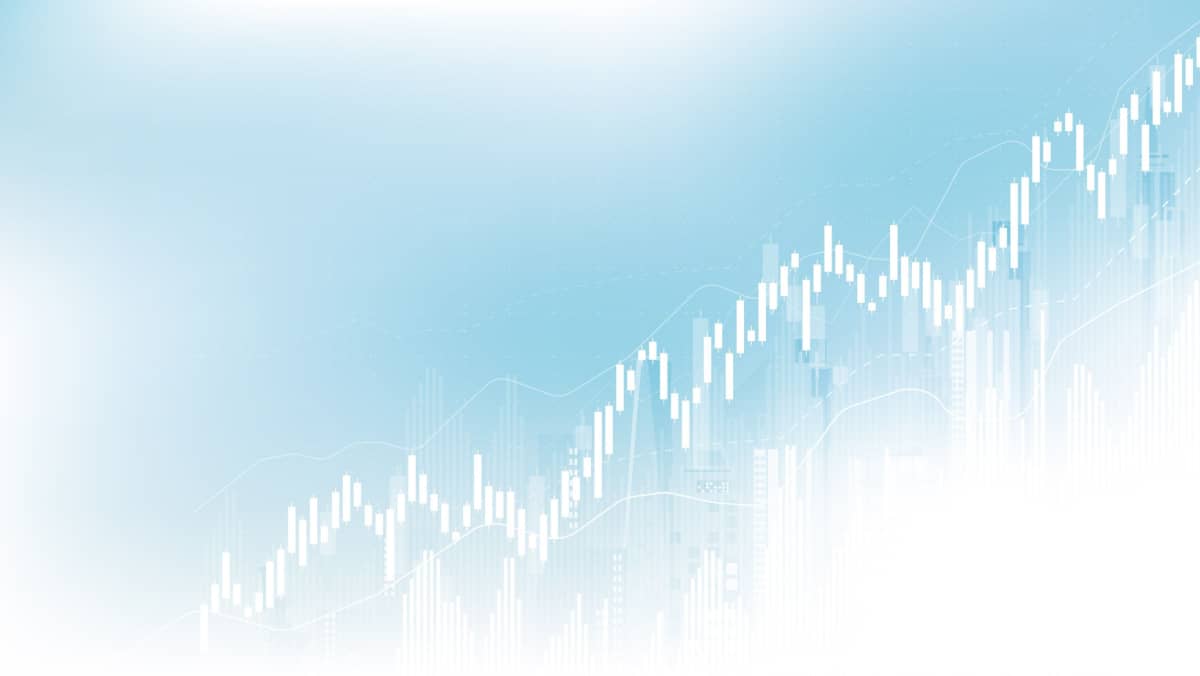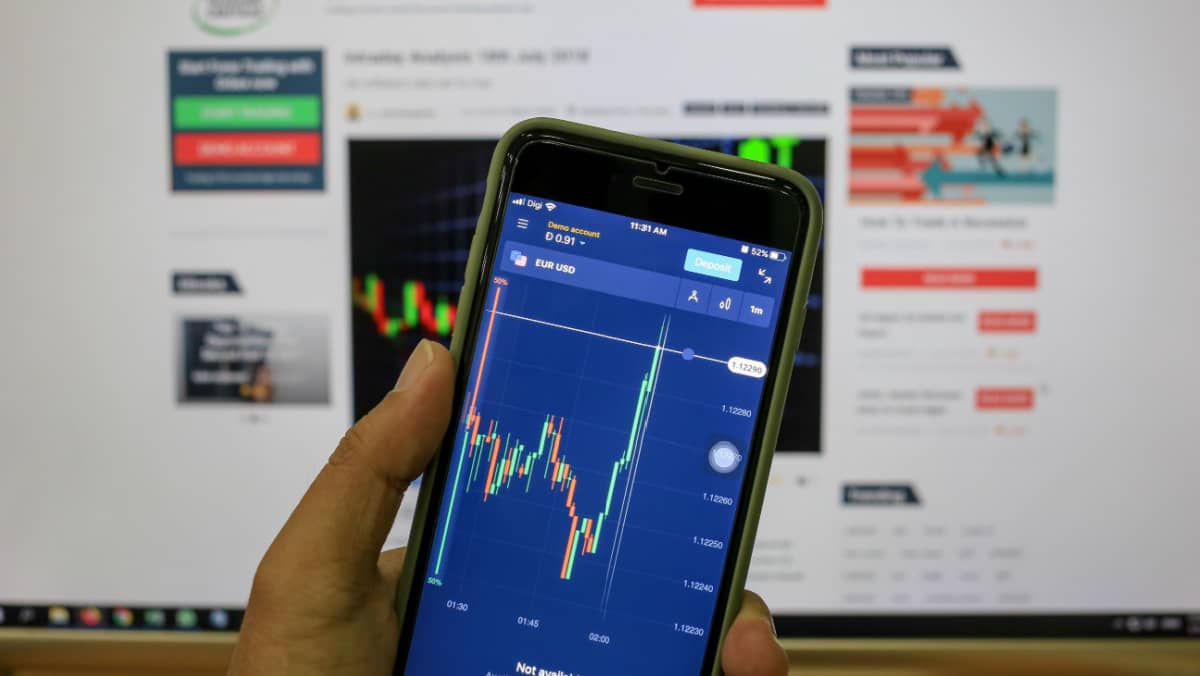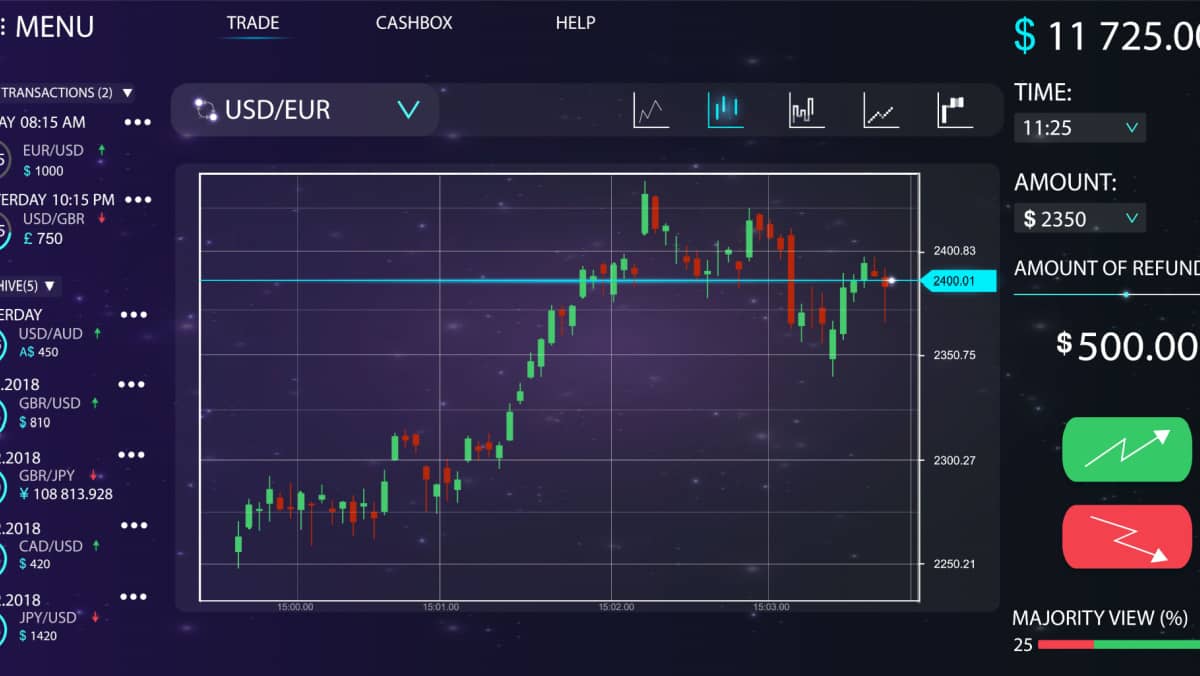Monday Dec 18 2023 11:16

12 min

The Ichimoku cloud indicator is a technical analysis method used to assess momentum and future areas of support and resistance. This unique indicator provides traders with an all-in-one charting system rather than using multiple indicators.
Learn the origins and components of the Ichimoku cloud indicator. We’ll demystify how each line is calculated and how to interpret the clouds for potential trades.
The Ichimoku cloud indicator was developed in the late 1930s by Goichi Hosoda, a Japanese journalist, and published under the pseudonym Ichimoku Sanjin. Although developed earlier, it wasn’t until the 1960s that Ichimoku gained popularity in the Western world.
Hosoda spent over 30 years perfecting this system by backtesting it on multiple markets. He wanted to create a trading method that could identify support/resistance levels and gauge market momentum in a single glance.
Unlike other indicators, Hosoda developed Ichimoku clouds based on averages rather than absolute price levels. This allows the indicator to better adapt to price fluctuations. The calculations also consider the highest high and lowest low over specific periods, allowing analysis of a security’s long-term equilibrium.
The indicator’s name is significant to “Ichimoku Kinko Hyo,” which translates to “one glance equilibrium chart” in Japanese. This accurately describes the indicator’s ability to assess market conditions quickly through a single chart overlay.
Read this article for more insights: What is a trading indicator and how it helps you as a trader
The Ichimoku cloud is made up of five main components that display market momentum and forecasted support/resistance:
Together, these components create smoothed trading bands (clouds) 26 periods in the future to visualize both short and medium-term equilibrium zones.
To get a more fundamental knowledge: What is forex trading and how can you start?

The Tenkan-Sen is the foundation of the Ichimoku indicator. We first identify the highest and lowest prices over the last nine periods to calculate it. The period here refers to nine candlesticks rather than a set timeframe.
We average those values once we locate the peak (highest high) and trough (lowest low) over nine candles. So the Tenkan-Sen equals:
(Highest High over 9 candles + Lowest Low over 9 candles) / 2
This creates a 9-period moving average midpoint that acts as the conversion line. The Tenkan-Sen is fast-moving and helps spot momentum direction and potential reversals quickly.
Next is the Kijun-Sen, which serves as the baseline for Ichimoku analysis. This is computed by identifying the highest and lowest low over 26 candlesticks. Then, we average the highest peak and deepest low over that longer 26-candle sample. The Kijun-Sen equals:
(Highest High over 26 candles + Lowest Low over 26 candles) / 2
Since it references a more comprehensive 26-period range, the Kijun-Sen moves slower than the Tenkan line. Crossovers between Tenkan and Kijun lines drive core Ichimoku trading signals.
Now that the foundation lines are set, we can calculate the Ichimoku cloud itself. Senkou Span A builds the first dynamic cloud edge. It plots the average between the Tenkan-Sen and Kijun-Sen, projected 26 periods into the future. So the Senkou A value is:
(Tenkan-Sen + Kijun-Sen) / 2, plotted 26 periods ahead
Senkou Span B calculates the second cloud boundary. This wider span averages the highest peak and lowest trough over 52 candlesticks. Like Span A, it shifts forward 26 periods. The formula is:
(Highest 52-period High + Lowest 52-period Low) / 2, plotted 26 periods ahead
Finally, the Chikou Span shows closing prices lagged back 26 periods. This helps gauge inverted momentum shifts relative to the cloud. It looks like:
Today’s closing price shifted 26 candlesticks back.
These five lines compose the full Ichimoku Kinko Hyo indicator, and painted Ichimoku clouds are shown directly on the price chart.
You might also like to read: What are Bollinger bands?

With the individual components covered, we can now move on to interpreting Ichimoku cloud signals for potential trade ideas.
One of the most basic cloud interpretations relates to the trend. When price action stays above the cloud, it signals an uptrend. Conversely, trading below the cloud indicates a downtrend. The further away the price moves from the cloud boundaries in either direction, the stronger the ongoing trend.
The upper and lower levels of the cloud itself act as areas of future support and resistance. The cloud projects ahead, so its bands highlight where the price could meet demand or supply. Trading in alignment with the prevailing cloud levels tends to have a higher probability of success.
Crossovers between the Tenkan line and the Kijun line produce trade signals. When the Tenkan crosses over the Kijun from below, it generates a bullish signal. A bearish signal occurs when the Kijun crosses below the Tenkan. Crossovers often happen at or near cloud boundaries and indicate potential trend reversals.
The Chikou lagging span provides clues about upside/downside momentum. When the Chikou crosses above price bars, it reflects building bullish momentum. Below price crossovers signal fading momentum and impending bearish moves.
Now that you understand what the Ichimoku cloud indicator displays across its five lines let’s discuss some of the key trading benefits:
Rather than cluttering your charts with numerous indicators that often conflict, the Ichimoku cloud condenses this into one overlay with integrated signals. This simplifies analysis while providing a complete visual assessment of market momentum near key zones.
By calculating midpoints between recent highest high/lowest low ranges, the Ichimoku lines create a smoothed trend environment to prevent whipsaws compared to more sensitive moving averages.
The unique displacements ahead of the Senkou span forecast expected support and resistance zones well before the price reaches those critical levels. This gives traders ample notice to prepare trades as price dynamics shift across different timeframes.
Despite the complex calculations underneath, the actual Ichimoku cloud signals are very straightforward for analysing trades. Simply interpret directional bias based on colour, crossovers, cloud boundaries, and the lagging span. This makes it appealing to visual traders.
Unlike some indicators only useful for specific assets, Ichimoku clouds adapt well across forex, stocks, commodities, and cryptocurrency markets. The dynamic calculations mean the indicator can be deployed universally across any actively trading instrument.
This article may pique your interest: Why trading psychology is important?
For active traders, having Ichimoku Cloud in your toolbox gives an edge in confirming directional bias and identifying high-probability setups. Going beyond basic support/resistance, Ichimoku projects future equilibrium zones where price often gets drawn towards when wavering too far in either direction for too long.
Understanding these self-correcting price dynamics is the key to exploiting temporary momentum surges. When the price shoots above or dips below the Cloud bands, we can anticipate the pullback coming as value traders buy low or sell high. This pattern repeats consistently across all markets, making Ichimoku universal.
So, if you aren’t already tapping into the predictive insights of Ichimoku Cloud, be sure to integrate it into your trading plan. Whether using it to confirm existing bias on pullbacks or looking for high-probability breakouts, mastering this method early will mean long-term growth for years to come.
If you want to enhance your trading skills, rest assured that markets.com has provided abundant educational resources. Whether you’re just starting or are an experienced trader, you’ll find a wide range of informative materials to help take your trading to the next level.
From basic trading concepts to advanced technical analysis webinars, markets.com offers expert insights you can access anytime, anywhere - 24/7. With these resources, you can sharpen your trading strategies and stay up-to-date on the latest market trends and developments.
Committed to transparency and service, we support clients so they can advance trading pursuits wisely. Join markets.com to unlock a robust ecosystem catered to elevating your success through ongoing learning and trading.
“When considering “CFDs” for trading and price predictions, remember that trading CFDs involves a significant risk and could result in capital loss. Past performance is not indicative of any future results. This information is provided for informative purposes only and should not be considered investment advice.